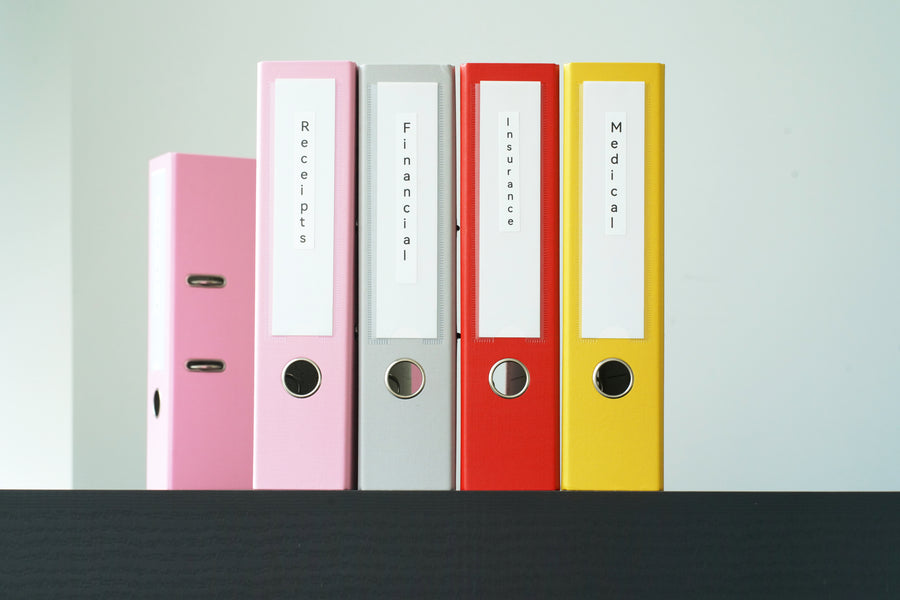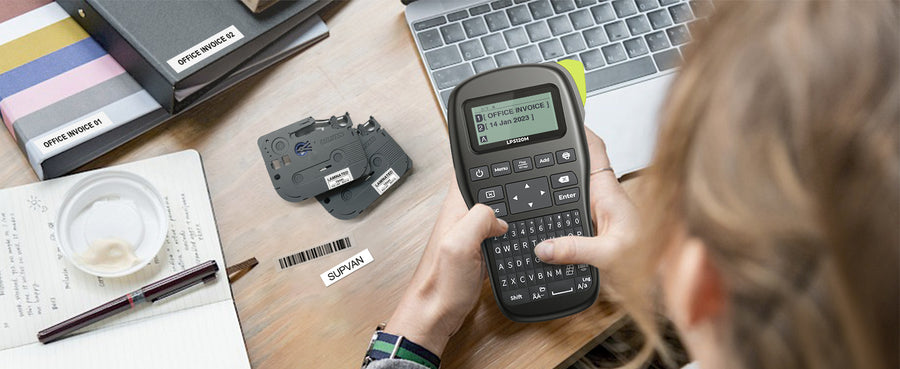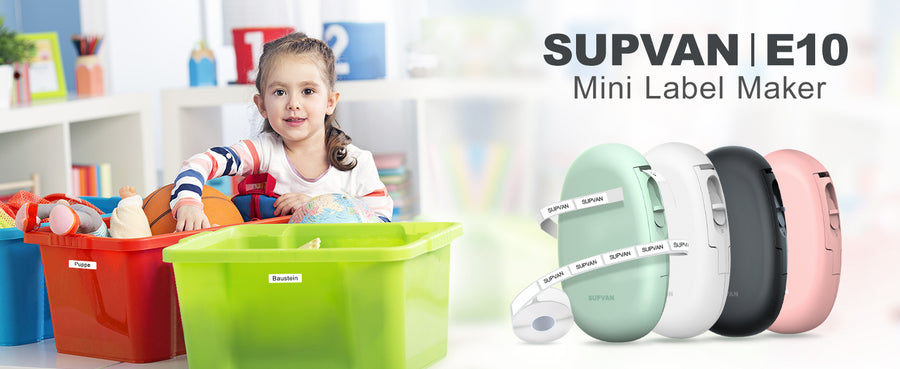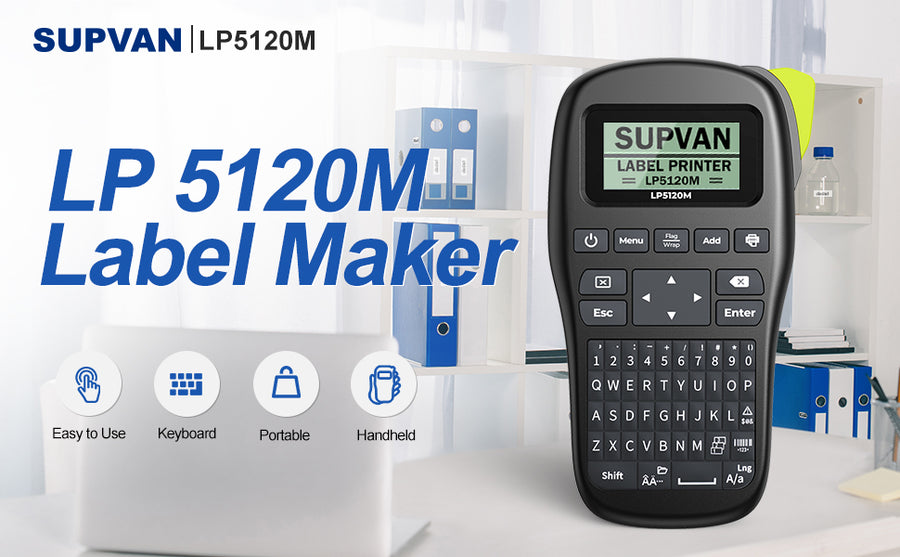With the popularization of the mobile internet, more and more people tend to shop online, which has spawned many small businesses. They only need a computer at home to open an online store and sell their products to every corner of the world.
As a small business owner, you need to deal with a large number of orders and packaging materials every day. At this time, perhaps a magical label machine can improve your efficiency and make your work more organized.
For example, a label maker can help small business owners quickly and easily label products, inventory, and supplies. This can help with organization and can save time when searching for specific items. You can create custom labels that fit your particular needs. This can include adding logos, product descriptions, barcodes, and other information specific to your business.
Today, let us share how to use a label maker for small business.
Label printing is a process used to produce custom labels for various products, including food, cosmetics, and consumer goods. The process of label printing can vary depending on the type of label, the printing method used, and the equipment available, but it typically follows a set of common steps.
Step 1: Design the Label
The first step in the label printing process is to design the label. This involves creating a design that meets the customer's requirements and incorporates the necessary information, such as the product name, ingredients, and any other relevant details. The design should also be visually appealing and fit the brand image.
Step 2: Choose the right label maker
Once the design is complete, the next step is to choose the right label maker.The label maker can vary depending on individual needs and preferences. Some of the factors to consider when choosing a label maker include the type of label you need, the features you require, and your budget.
Some popular label makers include:
SUPVAN Label Maker : This is a popular option for office and home use, and is known for its fast printing speed and compatibility with a range of label types.
Brother P-Touch PTD600: This label maker is known for its sleek design, easy-to-use interface, and a range of advanced features, including a color display, the ability to print barcodes, and the ability to print wire/cable labels.
Epson LabelWorks LW-300: This is a compact and portable label maker that is known for its easy-to-use interface and wide range of label types, including cable labels and heat shrink labels.
Casio KL-60SR: This is a basic label maker that is great for home use. It is known for its simplicity and affordability.
Ultimately, the best label maker for you will depend on your specific needs and budget. It is recommended that you research different models, read reviews, and compare features to determine which label maker is best for you.
Step 3: Download printing software
The next step is to prepare the printing software, which is used to transfer the design onto the label material. Most of the printing software is free, and different label printer manufacturers will develop different matching printing software, which can be found by searching the brand name in the app store. Once the app is installed, connect the label maker to your mobile via Bluetooth that comes with the printer. Your mobile should automatically recognize the label printer.
Step 4: Print the Labels
Choose a label template: From the SUPVAN Label app, you can select a label template to use. Enter your label text: Next, enter the text you want to appear on your label. You can customize the font, size, and color of the text to suit your needs.
Print your label: When you are happy with your label design, click the "Print" button to print your label. You can also preview your label on the screen before printing.
Step 5: Cut and Finish the Labels
After printing, the labels are cut to size and finished. We recommend continuous label tape because Continuous label tape allows for efficient printing, as customers can print labels without having to stop and change label sheets, saving time and reducing the need for frequent replacements.
In conclusion, label printing is a multi-step process that involves designing the label, choosing the right material, preparing the printing plate, printing the labels, cutting and finishing the labels, and conducting a quality control process. The process can vary depending on the type of label and the printing method used, but the goal is always to produce high-quality, professional labels that meet the customer's needs.







Leave a comment